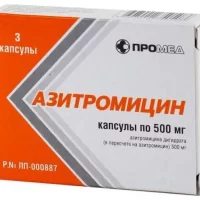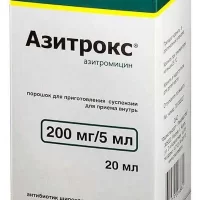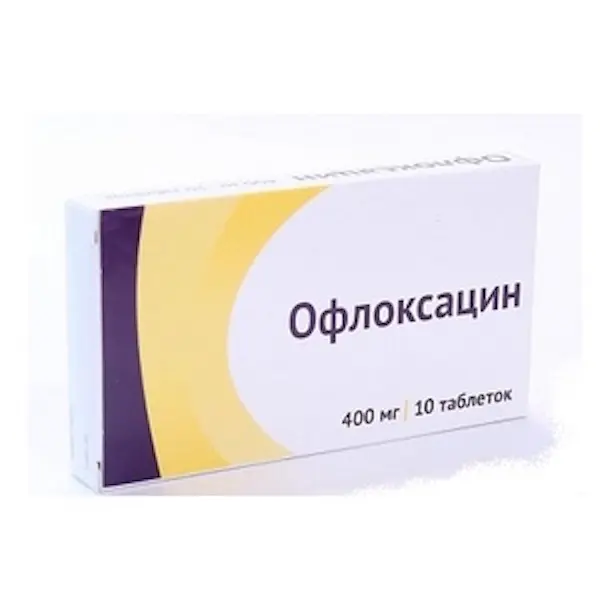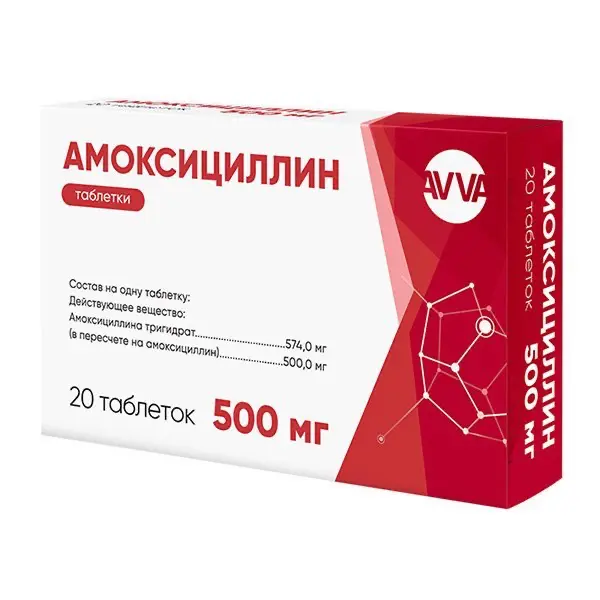Description
Ciprofloxacin Pharmacodynamics
Ciprofloxacin is a synthetic broad-spectrum antibacterial drug from the group of fluoroquinolones.
Mechanism of action
Ciprofloxacin has activity in vitro against a wide range of Gram-negative and Gram-positive microorganisms. Bactericidal effect of ciprofloxacin is achieved through inhibition of bacterial type II topoisomerases (topoisomerase II (DNA-gyrase) and topoisomerase IV), which are necessary for replication, transcription, repair and recombination of bacterial DNA.
Mechanisms of resistance
In vitro resistance to ciprofloxacin is often due to point mutations in bacterial topoisomerases and DNA gyrase and develops slowly through multistep mutations.
Single mutations can lead to decreased sensitivity rather than to the development of clinical resistance, but multiple mutations mainly lead to the development of clinical resistance to ciprofloxacin and to cross-resistance to quinolone drugs. Resistance to ciprofloxacin, as well as to many other antibiotics, can form as a result of decreased permeability of the bacterial cell wall (as often occurs in the case of Pseudomonas aeruginosa) and/or activation of microbial cell excretion (efflux). The development of resistance due to the Qnr encoding gene localized on plasmids has been reported. Resistance mechanisms that lead to inactivation of penicillins, cephalosporins, aminoglycosides, macrolides, and tetracyclines probably do not impair the antibacterial activity of ciprofloxacin. Microorganisms resistant to these drugs may be sensitive to ciprofloxacin. The minimum bactericidal concentration (MBC) usually does not exceed the minimum inhibitory concentration (MIC) by more than 2-fold. In vitro sensitivity testing.
Indications
Uncomplicated and complicated infections caused by ciprofloxacin-sensitive microorganisms.
For adult patients:
– Respiratory tract infections, except severe infections. Ciprofloxacin is recommended for pneumonias caused by Klebsiella spp., Enterobacter spp., Proteus spp., Esher ichia coli, Pseudomonas aeruginosa, Haemophilus spp., Moraxella catarrhalis, Legionella spp. and staphylococci; middle ear infections (otitis media), especially if these infections are caused by Gram-negative microorganisms, including Pseudomonas aeruginosa
– eye infections;
– kidney infections and/or complicated urinary tract infections;
– genital infections, including adnexitis, gonorrhea, prostatitis;
– abdominal infections (bacterial infections of the gastrointestinal tract, biliary tract);
– Skin and soft tissue infections;
– infections or prophylaxis of infections in immunocompromised patients (patients taking immunosuppressants or patients with neutropenia);
– selective intestinal decontamination in immunocompromised patients; prevention and treatment of inhalational anthrax (infection with Bacillus anthracis);
– prevention of invasive infections caused by Neisseria meningitidis.
For the treatment of the following infectious and inflammatory diseases, ciprofloxacin may be used only as an alternative to other antimicrobial agents: – Acute sinusitis;
– uncomplicated urinary tract infections.
Current official guidelines for the use of antibacterial agents should be taken into consideration.
Children:
– Treatment of complications caused by Pseudomonas aeruginosa in children with pulmonary cystic fibrosis 5 to 17 years of age;
– Prevention and treatment of inhalational anthrax (infection with Bacillus anthracis) from 3 to 18 years (for this dosage form).
The use of ciprofloxacin in children should be initiated only after a benefit/risk assessment due to possible adverse effects on joints and periarticular tissues.
Contraindications
– Hypersensitivity to ciprofloxacin or other drugs from the group of fluoroquinolones, as well as to excipients;
– concomitant use of ciprofloxacin and tizanidine due to clinically significant side effects (hypotension, somnolence) associated with increased plasma concentrations of tizanidine (see section “Interaction with other medicinal products”);
– pregnancy;
– Breast-feeding period;
– children under 3 years of age (for this dosage form and dosage).
– Hypersensitivity to ciprofloxacin or other drugs from the group of fluoroquinolones, as well as to excipients;
– concomitant use of ciprofloxacin and tizanidine due to clinically significant side effects (hypotension, somnolence) associated with increased plasma concentrations of tizanidine (see section “Interaction with other medicinal products”);
– pregnancy;
– Breast-feeding period;
– children under 3 years of age (for this dosage form and dosage).
Dosage and administration
- The tablets should be taken orally, regardless of the time of the meal, without chewing, with a small amount of fluid. If the drug is taken on an empty stomach, the active ingredient is absorbed more quickly.
- If due to the severity of the condition or for other reasons the patient is unable to take tablets, it is recommended that parenteral therapy with ciprofloxacin infusion solution and switch to taking the drug orally when the condition improves. In the absence of other prescriptions, the following dosing regimen is recommended:
- Adults:
- Table 1. Recommended daily dosage of the drug Ciprofloxacin, tablets,
- film-coated tablets 250 mg
- Indications Daily dose of ciprofloxacin (mg)
- Respiratory tract infections (depending on the severity of the infection and the patient’s condition) from 2×500 mg to 2×750 mg
- Infections of the genitourinary system: – Acute, uncomplicated 2×250 mg to 2×500 mg
- – Cystitis in women (before menopause) 1×500 mg
- – Complicated 2×500 mg to 2×750 mg
- – Adnexitis, prostatitis, orchitis, epididymitis 2×500 mg to 2×750 mg
- Gonorrhea – extragenital – acute, uncomplicated 1×500 mg
- Diarrhoea 2×500 mg
- Other infections (see section “Indications for use”) 2×500 mg
- Particularly severe, life threatening
- Life threatening, incl. – Streptococcal pneumonia – Recurrent infections in cystic fibrosis of the lungs – Bone and joint infections – Septicemia – Peritonitis Especially in the presence of Pseudomonas, Staphylococcus, Streptococcus 2×750 mg
- Pulmonary anthrax (treatment and prophylaxis) 2×500 mg
- Prophylaxis of invasive infections caused by Neisseria meningitidis 1×500 mg
- Dosing regimen in elderly patients (after 65 years)
- Older patients should be prescribed lower doses of ciprofloxacin depending on the severity of the disease and creatinine clearance rate.
- Children and adolescents Duration of treatment:
- For treatment of complications of pulmonary cystic fibrosis caused by Pseudomonas aeruginosa (in children 5 to 17 years old) the duration of therapy is 10-14 days.
- Dosing regimen:
- Table 2. Recommended daily dosage of Ciprofloxacin, film-coated tablets, 250 mg in children
- Indications Daily dose of ciprofloxacin (mg)
- Fibrin cystic fibrosis infections 2×20 mg/kg body weight (maximum
- Degeneration (cystic fibrosis) 750 mg)
- Pulmonary anthrax 2×15 mg/kg body weight (maximum
- (post-exposure) dose of 500 mg)
- Dosing regimen for inhalational anthrax (treatment and prophylaxis) see Table 1 and Table 2.
- The drug should be started immediately after suspected or confirmed infection.
- Total duration of ciprofloxacin therapy for inhalational anthrax is 60 days.
- Dosing regimen for renal or hepatic impairment in adults
- Table 3: Recommended dosages for patients with renal impairment
- Creatinine clearance (CK) (ml/min/1.73 m2) Plasma creatinine (mg/100 ml) Maximum daily oral dose of ciprofloxacin
- 30 to 60 1.4 to 1.9 max 1000 mg
- Below 30 >2.0 maximum 500 mg
- Patients with renal impairment who are on hemodialysis
- 1. In patients with a CK of 30 to 60 ml/min/1.73 m2 (moderate renal insufficiency) or a plasma concentration of 1.4 to 1.9 mg/100 ml the maximum dose of Ciprofloxacin when administered orally should be 1000 mg per day.
- 2. When the CKD 30 ml/min/1.73 m2 or less (severe renal failure) or its concentration in plasma is 2 mg/100 ml or more, the maximum oral dose of Ciprofloxacin should be 500 mg per day. On the days of hemodialysis, ciprofloxacin is taken after the hemodialysis procedure.
- Outpatients with renal failure who are on continuous peritoneal dialysis
- The maximum daily dose of Ciprofloxacin should be 500 mg. Patients with impaired liver function No dose adjustment is required.
- Patients with impaired renal and hepatic function The dosing regimen is similar to that described in paragraphs 1 and 2.
- Children with impaired renal and/or hepatic function
- The dosage regimen in children with renal and hepatic impairment has not been studied. Duration of therapy
- The duration of treatment depends on the severity of the disease and clinical and bacteriological control. It is important to continue treatment systematically for at least 3 days after fever or other clinical symptoms disappear.
- Average duration of treatment:
- – 1 day for acute uncomplicated gonorrhea and cystitis;
- – Up to 7 days for infections of the kidneys, urinary tract, abdominal organs;
- – the entire period of neutropenia in immunocompromised patients;
- – Not more than 2 months for osteomyelitis;
- – 7 to 14 days for other infections.
- In infections caused by Streptococcus spp. due to the risk of late complications, treatment should be continued for at least 10 days.
- In infections caused by Chlamydia spp. treatment should be continued for at least 10 days.





